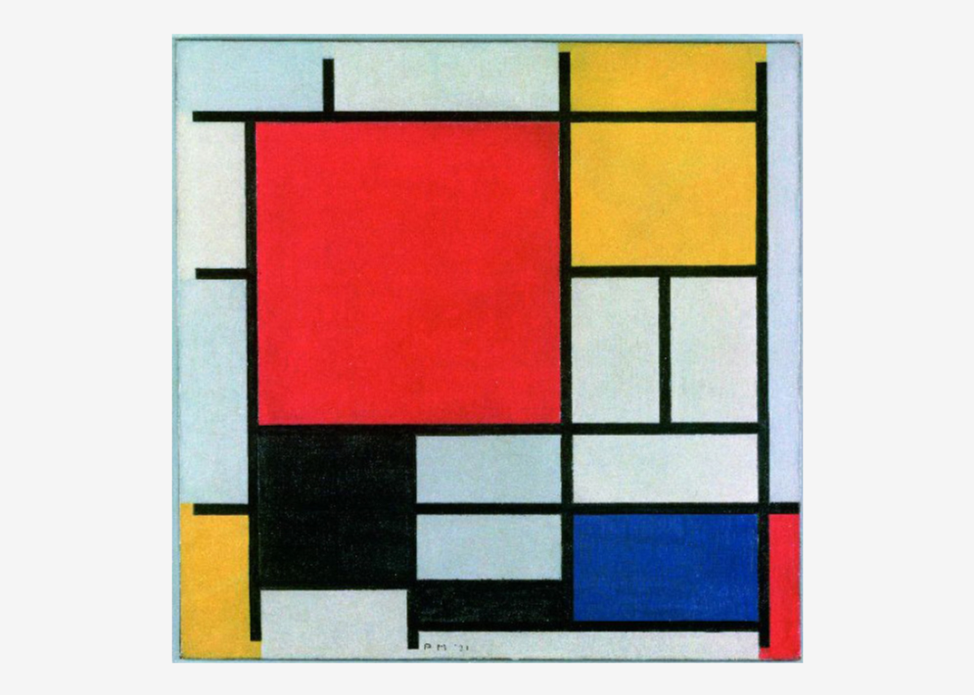Where Did Alternative Living Come From?
- Brianna Dresbach
- Apr 26, 2019
- 3 min read
Treehouses, airplanes, boats, cars, you name it; If it has space, people have found a way to live in it. Becoming quite popular for the average millennial, or anyone in general, the recently-named "alternative living" lifestyle has been popping up all over the world. Funny enough, though this may seem like a fad it is actually nothing new. The search for pure functionality out of form has been around for decades. One example of this search was quite prevalent during a design movement of the early 1900s. Literally meaning "the style", the De Stijl movement began in the Netherlands and soon paved the way for the modern era of architecture where form followed function and inspired people to dwell in school buses, shipping containers, and more.

After finding its way into 2D design and art, De Stijl became quite popular for 3D structures and object design. The most famous structure of this movement was a house designed by Gerrit Thomas Rietveld in the 1920s. Named the Rietveld Schroder house, it encompassed the De Stijl mantra: "form follows function". The house used only what was essential and had great emphasis on structural components in order to achieve top practicality. The form of each object was inspired solely by the function it was to perform. This movement, as well as the Schroder house also took inspiration from Frank Lloyd Wright and his ideas of using the surrounding landscape to determine an object or buildings structure.

Fast forward to today. The idea of practicality has only grown since the early 1900s and now has manifested into an emerging trend.
Take the landscape, for example. Today, houses known as earthships have been made to blend in with the earth. They are built to follow six functional principles or "needs for life on earth" as outlined by Michael Reynolds
building with natural and recycled materials
thermal/solar heating and cooling
solar wind and electricity
water harvesting
contained sewage treatments
food production

Another form of De Stijl living seen today is done in a mobile vehicle. Created to live in so one can focus on what is essential, living in a van or tiny home can be used for someone looking to travel, or just trying to make a living out of their passion.
Van Life
Alternative houses can be as detailed as van life shown above, or --like De Stijl praises-- can be stripped down to the most essential form, like a yurt. Used by Central Asian nomads for centuries, yurts minimize the use of materials while having a form that creates natural strength to prevent its clean design from falling apart. They are sustainable and eco-friendly and can be used for personal, or business or government-related situations and are easy to pack up and move as well.

Furthering the need for eco-friendly living, there are also many forms of houses that are created solely for the functionality of conservation. Known as a passive house, these structures are purely designed for energy efficiency, using five techniques in order to achieve that goal.
Example of a Passive House
Following eco-friendly living comes a new era of architectural design fully based around Wright structures and De Stijl concepts. Sustainable development could mean the future for standard living situations, especially considering our frantic rush to preserve our earth. Using the principle desire of form and function, sustainable development studies the landscape, as well as the lifestyles of people who live in the surrounding area and uses that knowledge to create a town based on said functionality.
Sustainable Development
The Schroder house was based on abstract paired down aesthetics as well as geometric form, which explains its simple primary colors and floating planes. Although some forms of alternative living may exist, similar to the Schroder house, there is also a multitude of new or re-emerging forms that are becoming quite popular as well. Some can be quite detailed and cluttered --the opposite of what De Stijl proposes-- but they all propose the same thing: form follows function.
Sources:
Alternatives, Exploring, director. Passive House = 90% Energy Reduction!YouTube, YouTube, 23 July 2018, www.youtube.com/watch?v=Hz6qomFM_dw&list=PLslKBpzJILet6Jy5pF39nfPCVQV4gvS0A&index=3.
“De Stijl Architecture.” Art History Unstuffed, arthistoryunstuffed.com/de-stijl-architecture/.
“De Stijl Movement Overview.” The Art Story, www.theartstory.org/movement-de-stijl.htm.
“EarthshipGlobal.” Earthship Biotecture Michael Reynolds, www.earthshipglobal.com/.
FLORB, director. Is This What Sustainable Looks Like?YouTube, YouTube, 5 Mar. 2018, www.youtube.com/watch?v=7UO0NQ8Ewbw&list=PLteWyEGqaaeNERiGvblcOmuNi7HTIPuUz&index=44.
FLORB, director. Man Lives and Sells Coffee out of His VW Bus. YouTube, YouTube, 26 Sept. 2016, www.youtube.com/watch?v=d0PhM1sphbo&list=PLteWyEGqaaeP-P8jb6oJic-QHSui1Vk7p&index=12.
“Rietveld Schröder House.” The Rietveld Schroder House - An Iconic 20th Century House of the De Stijl Movement., www.schroderhouse.com/blog-single-schroderhouseiconicdestijlhouse.html.
“What Is a Pacific Yurt? Modern Adaptation of an Ancient Shelter.” Pacific Yurts, www.yurts.com/what-is-a-yurt/.
Woodland, Kevin. “Constructivism.” Graphic Design History. 2019.



Comments